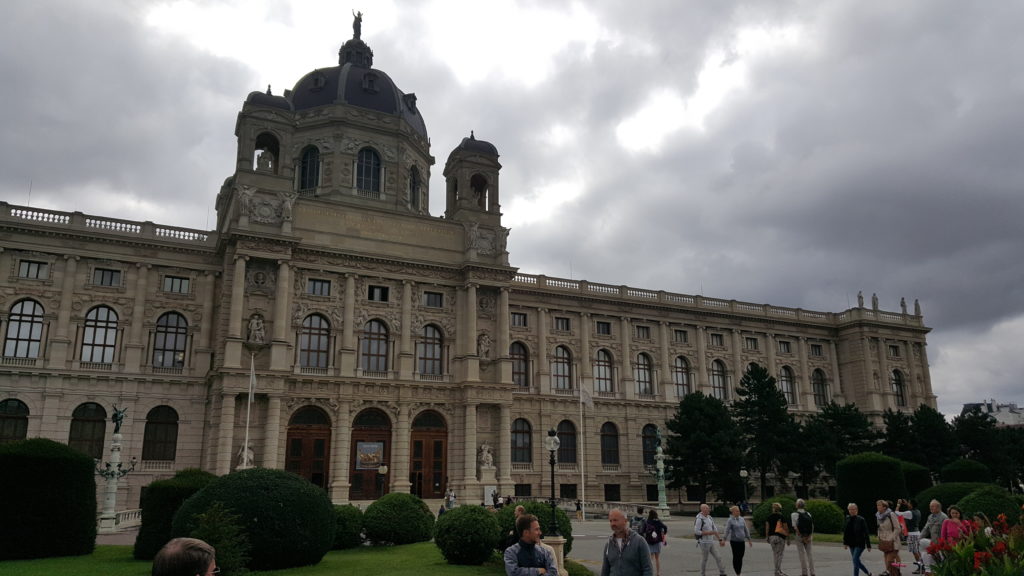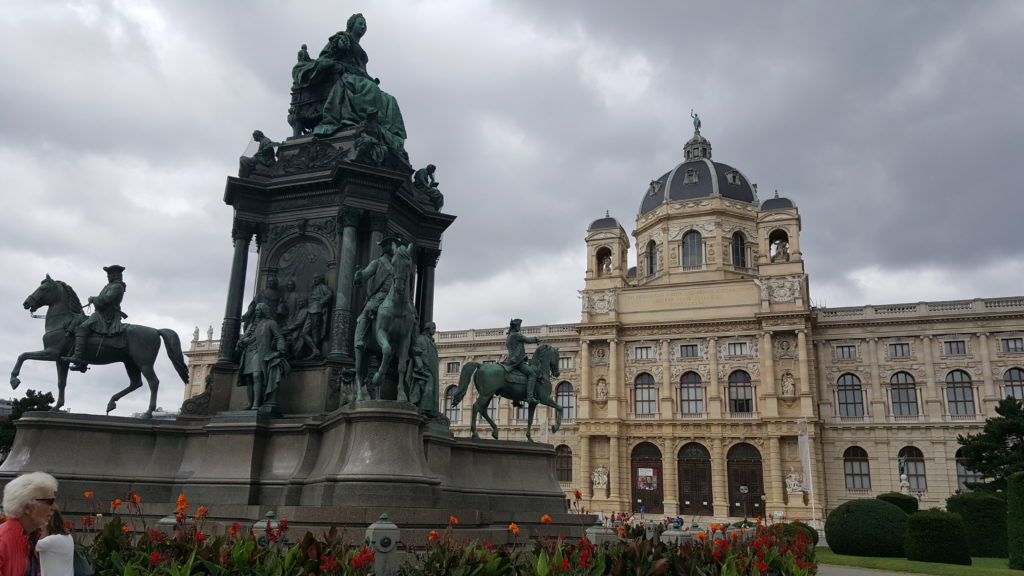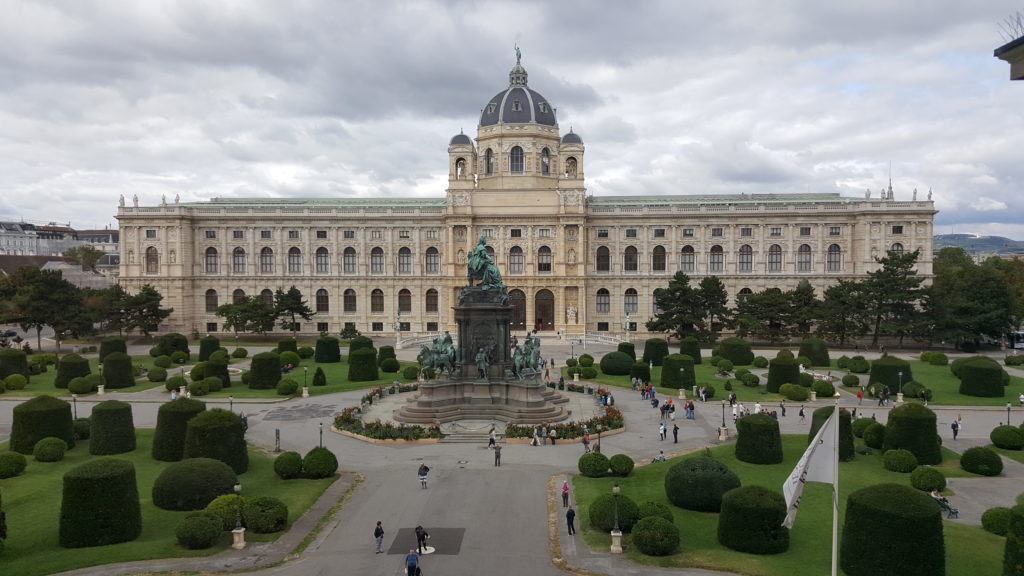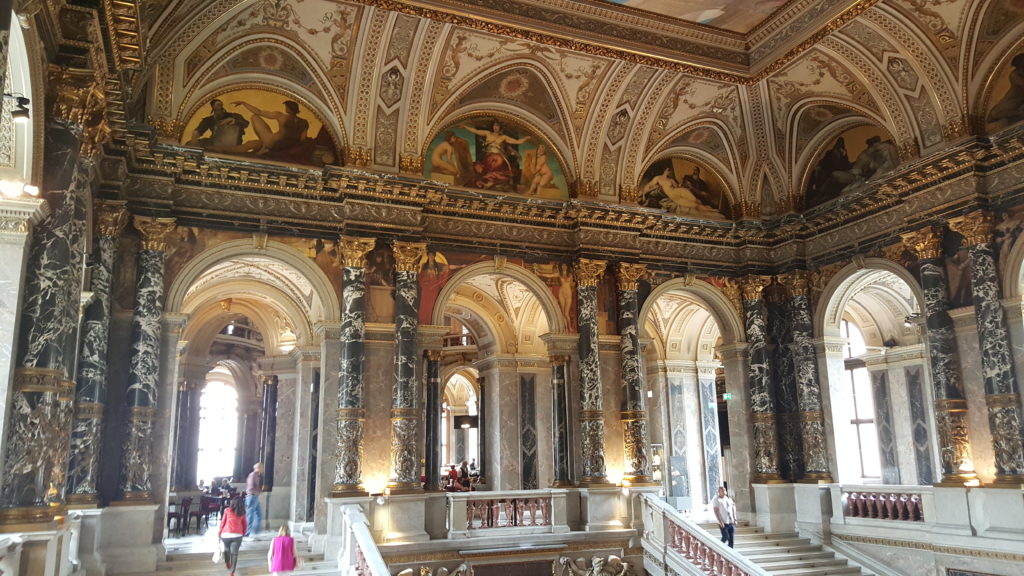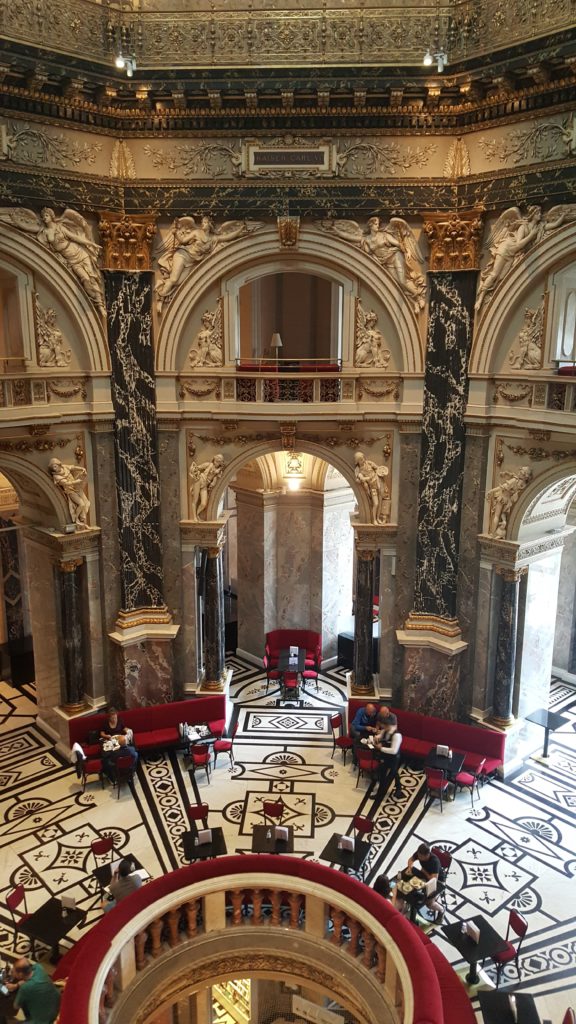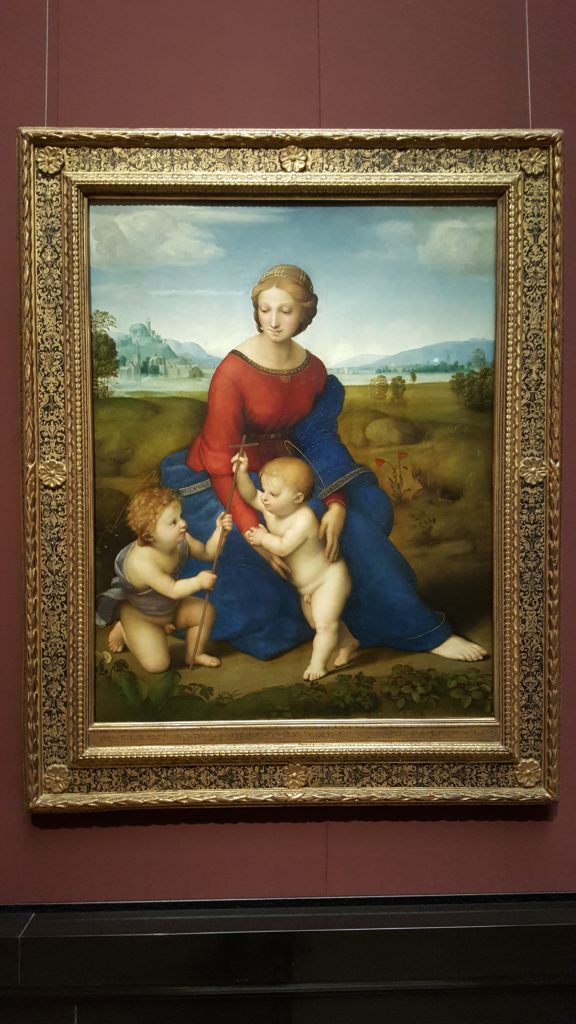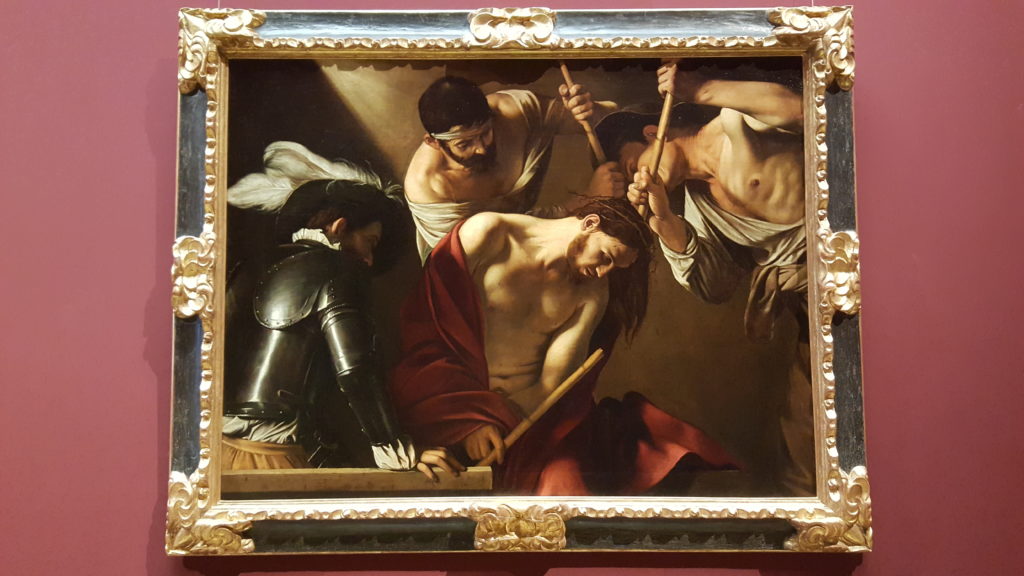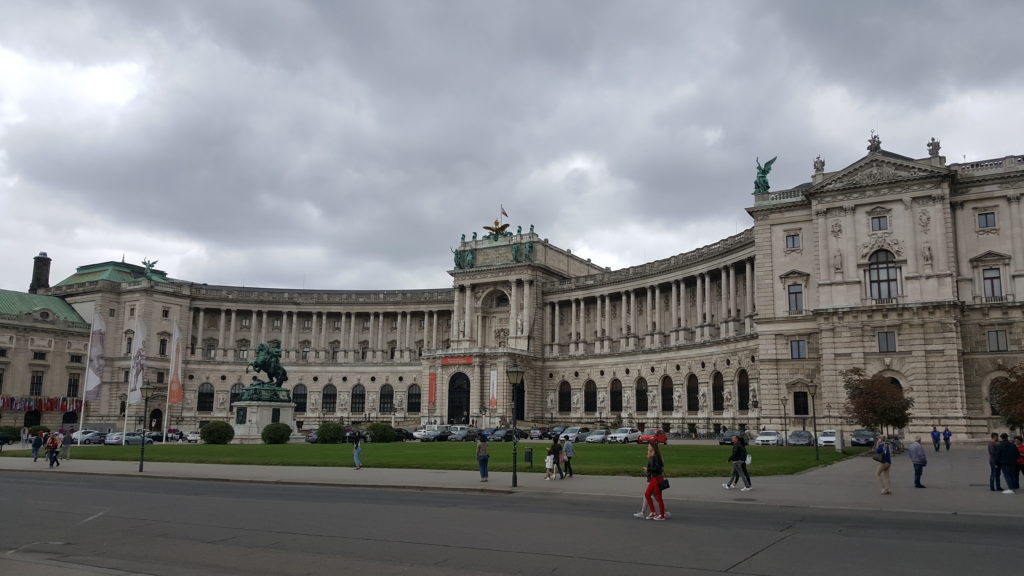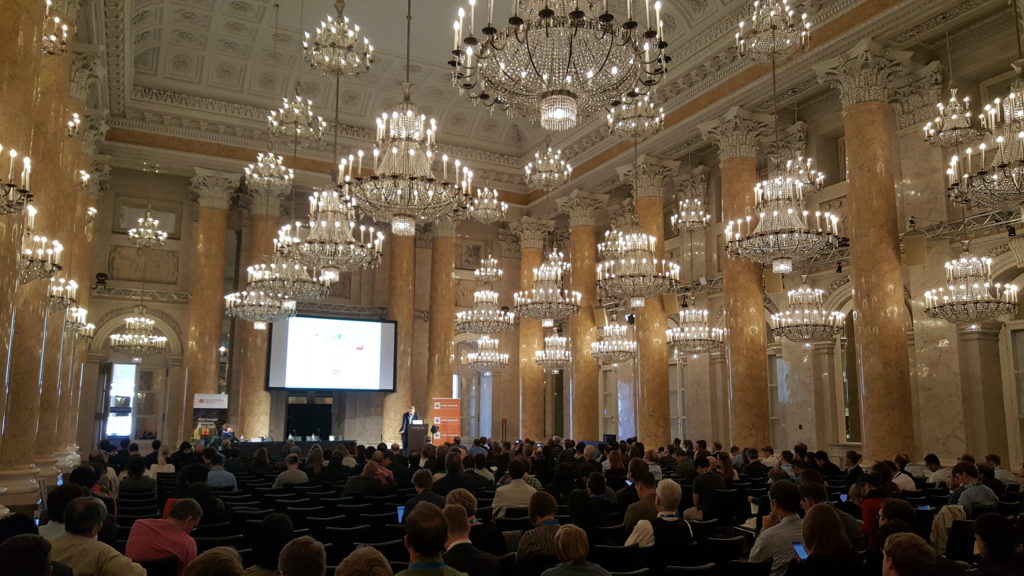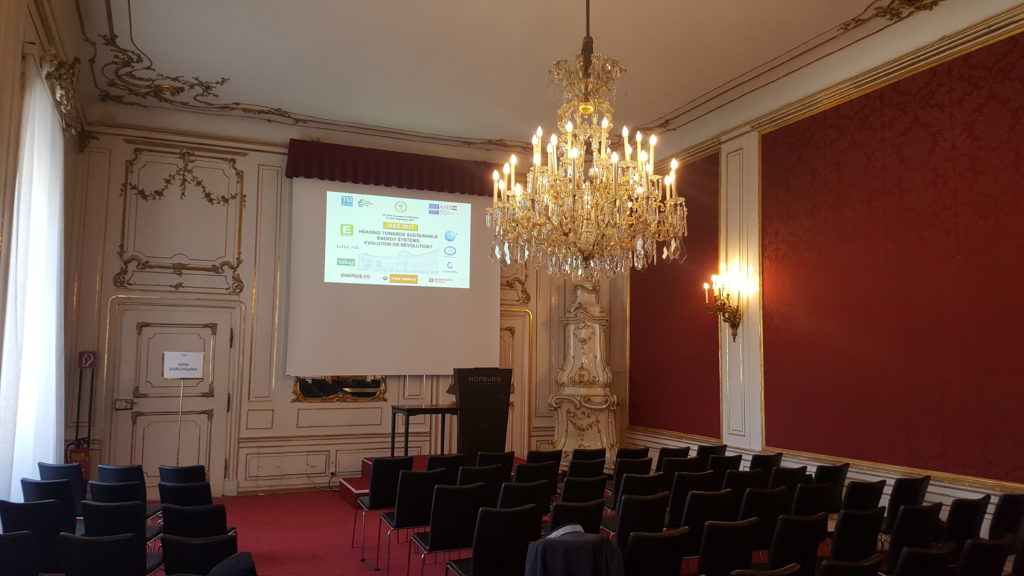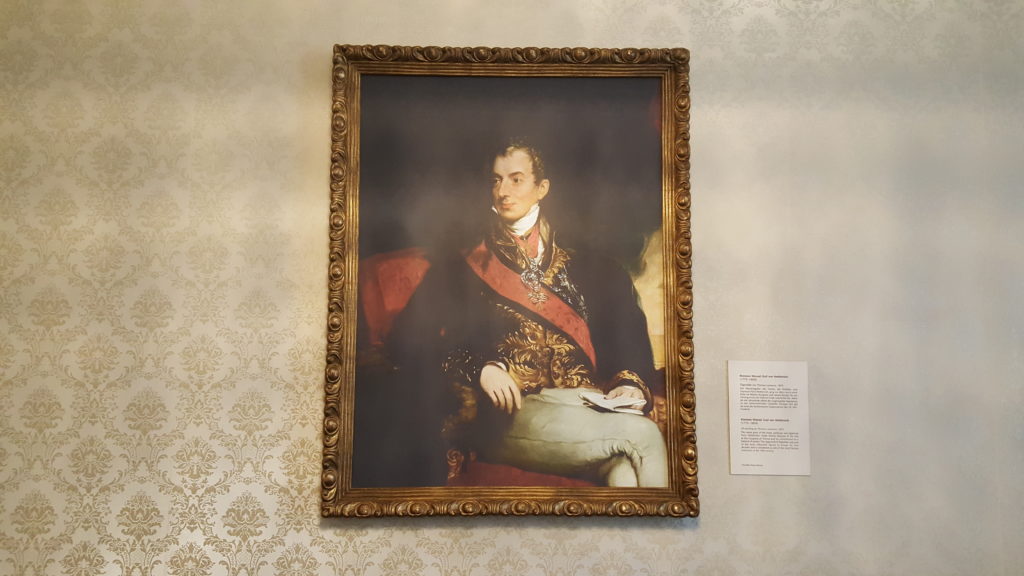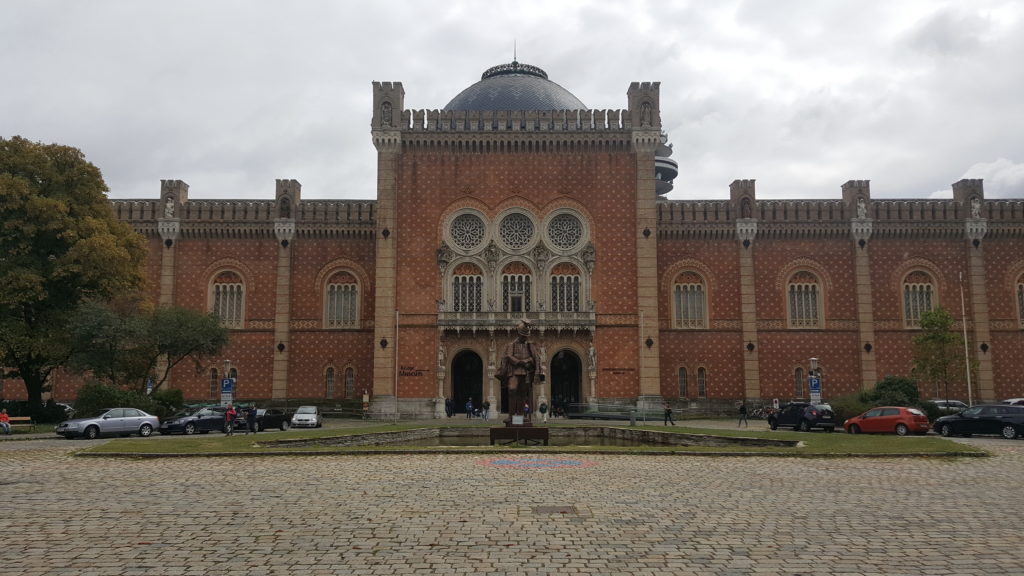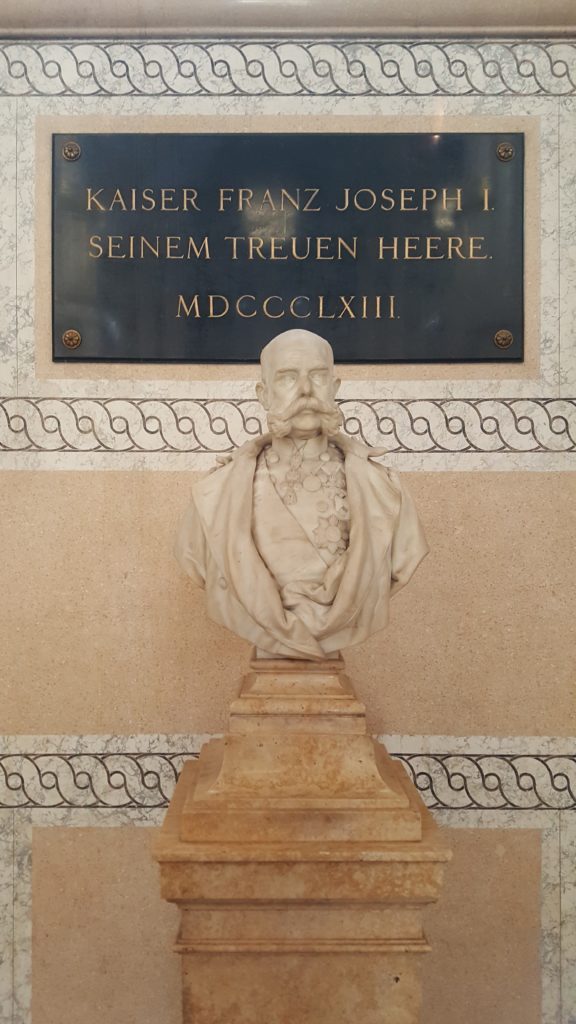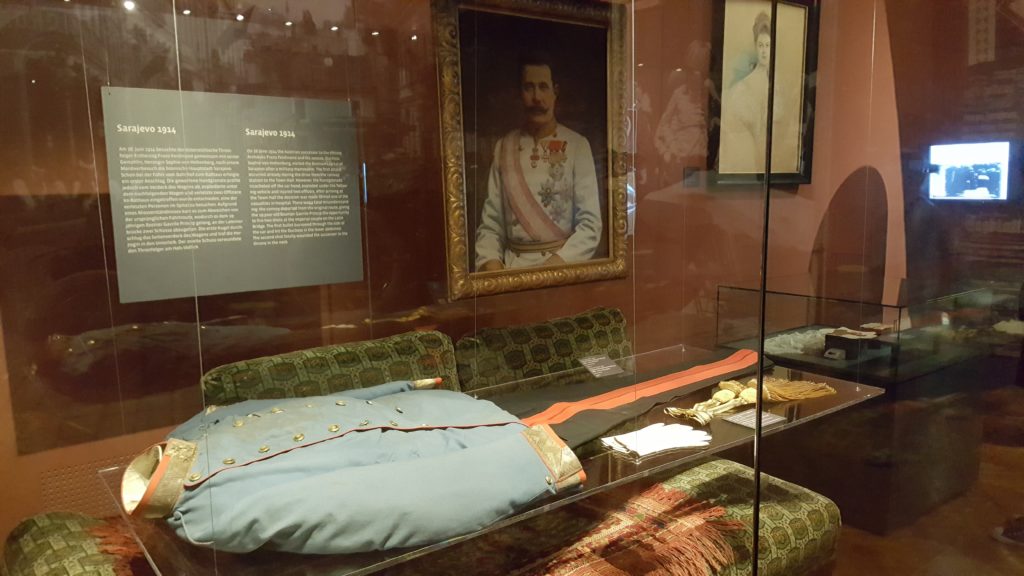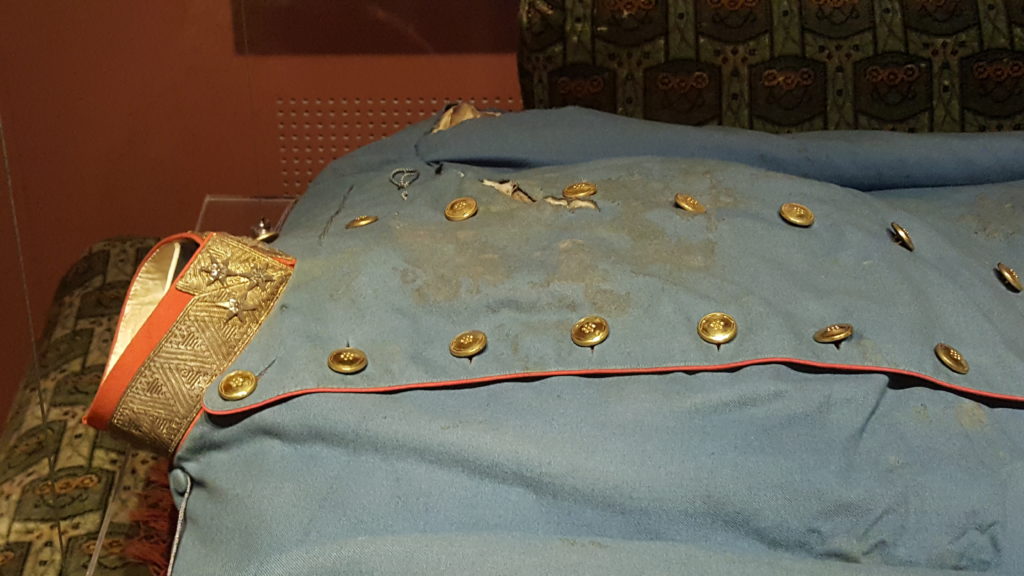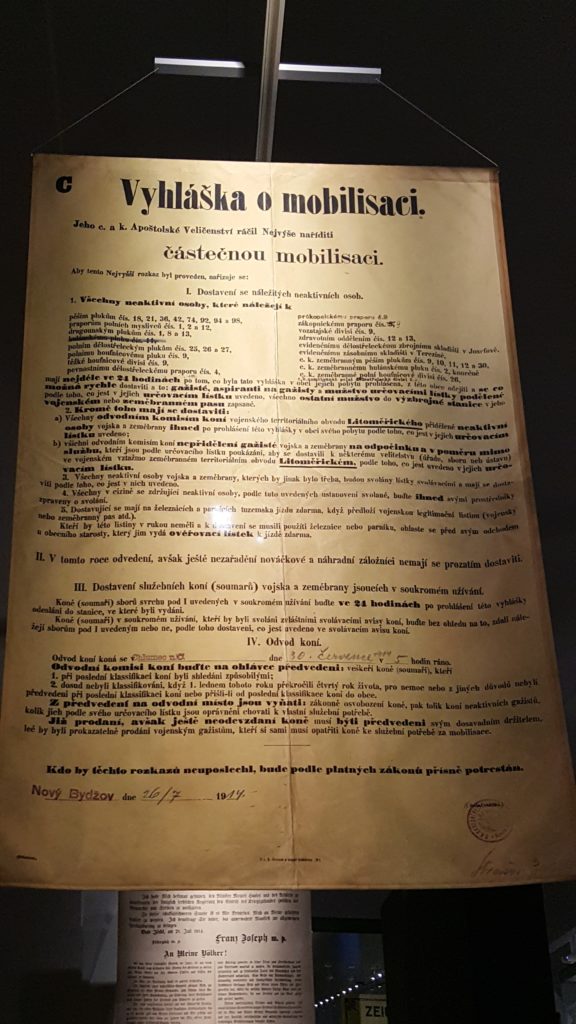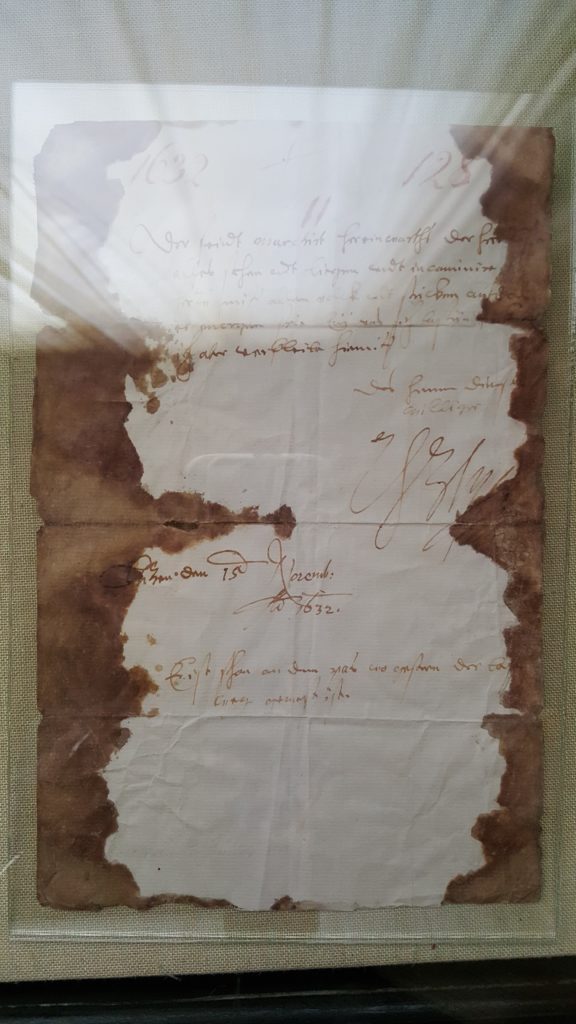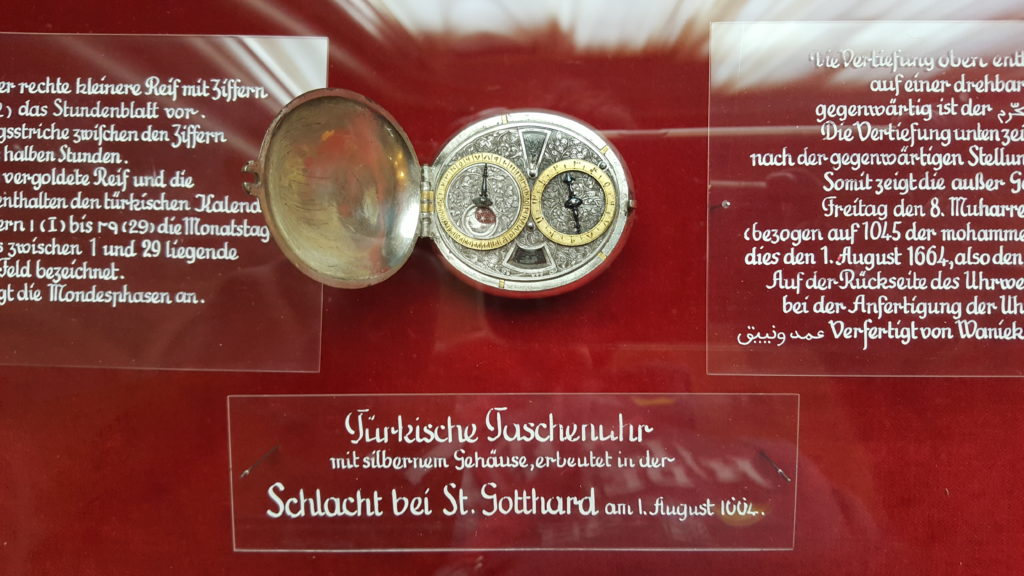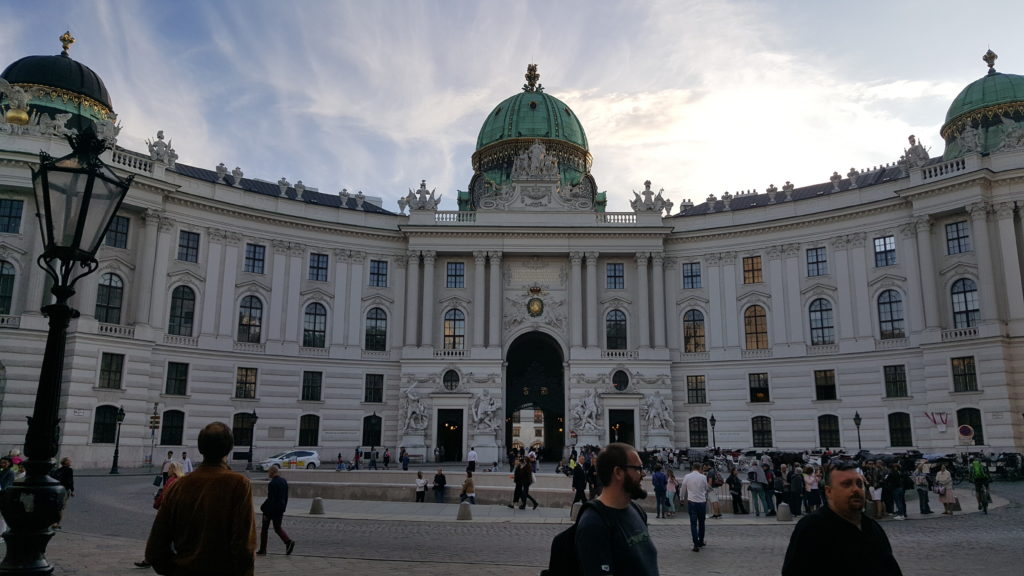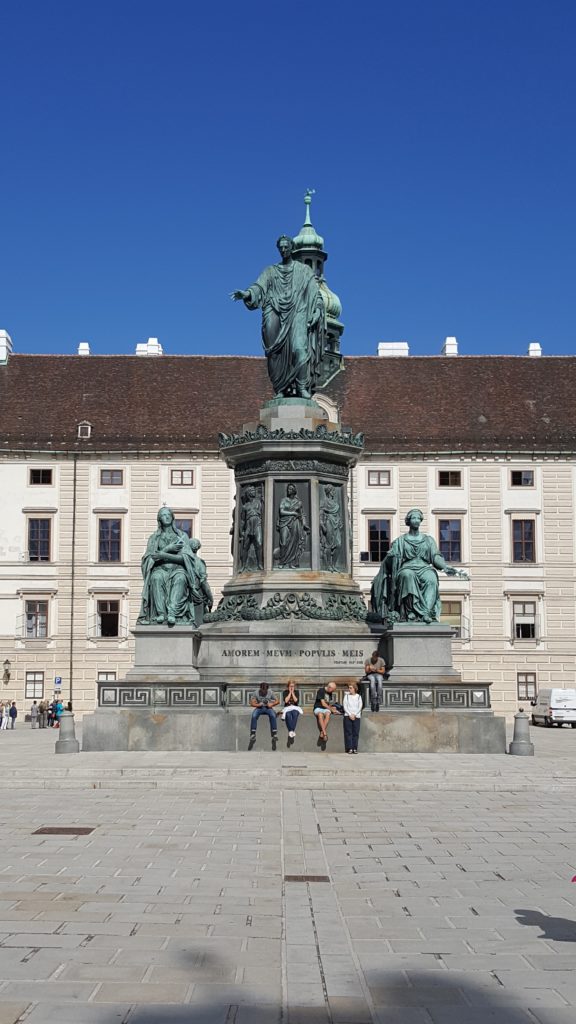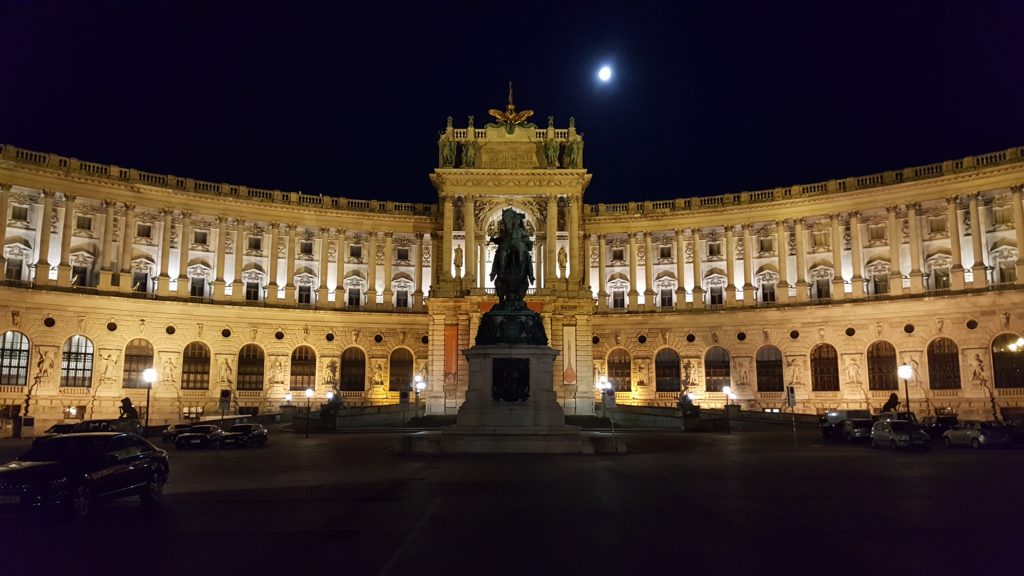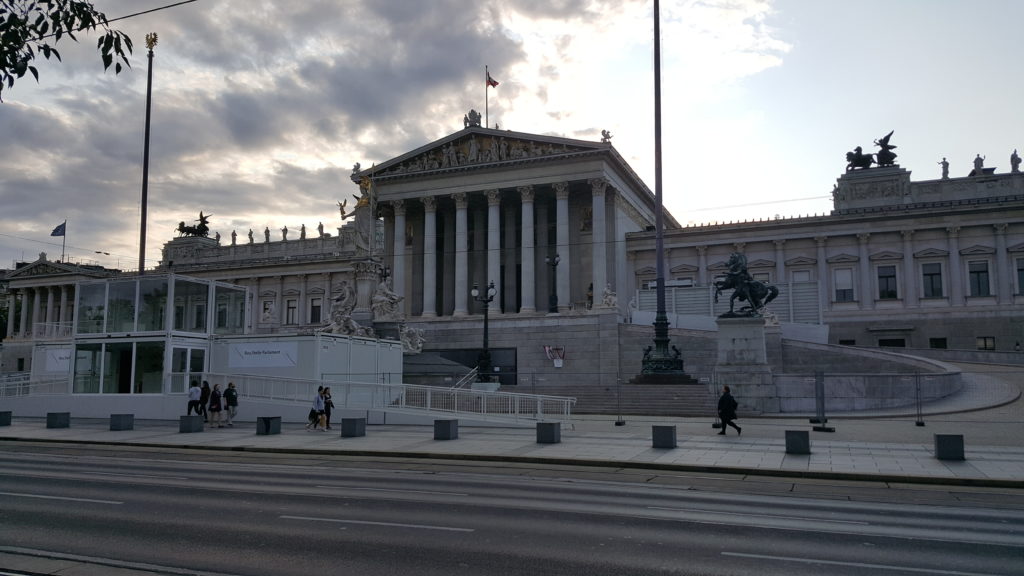IAEE – Vienna… as a tourist!
As described in the post that I published yesterday in the Research category, I spent the past days in Vienna to participate in the IAEE conference. The conference started on Sunday evening (September 3), so I thought it could be nice to leave on Saturday morning and enjoy a couple of days as a tourist. After all, it is well known that Vienna is magnificent and I really longed to visit it. Plus, this desire has probably grown during this period in the US, where I feel a bit of “nostalgia” for the European culture.
As I only had a couple of days (not even full, moreover), I set a quite limited program.
On Saturday I went to the Kunsthistorisches Museum, i.e. the museum of art history. Like basically the majority of the most famous buildings in Vienna, this museum was built in the second part of the 19th century during the empire of Franz Joseph. In that period the Medieval walls of the city were torn down, creating an enormous space practically near the city center (the city had expanded a lot in the meantime, of course). The walls were replaced by a new road, called Ringstrasse (i.e. Ring Road) and by a series of new buildings on its sides, or in the nearby areas.
The museum of art history, in particular, is in Maria Theresien-Platz and is precisely in front of the Naturhistorisches Museum, i.e. the museum of natural history. The peculiarity is that the two museums are exactly identical, creating a suggestive scenario.
The museum was commissioned by Franz Joseph himself, who desired to collect the art treasures owned by the Habsburg family in one single location. Naturally this new “house” had to be appropriate for the magnificence of the Austrian empire and for the great value of the masterpieces that it would host, so the Emperor ordered to spare no expense… which after all would not be his 🙂
Among the infinite works that can be admired inside the museum, I choose to publish only the Madonna of the Meadow by Raphael. After all, as usual Wikipedia provides a lot of information for those who want to learn more 🙂
However, I would like to dedicate some time to another painting, which allows me to tell a nice anecdote. It is The Crowning with Thorns by Caravaggio.
It was October 2000. I had just started my last year of secondary school, and in those months the Gallery of Modern and Contemporary Art of my hometown, Bergamo, was organizing a beautiful exhibition called “Light of the Truth. Caravaggio, La Tour, Rembrandt, Zurbaràn”. Probably more inspired by the desire of skipping one schoolday than by the love for art, my class asked our professors to organize a guided tour (which, seriously, was a reasonable proposal). Unfortunately, no visit was eventually organized, so three or four classmates of mine and I decided to ask our professor of Art History to accompany us for a “private” visit after classes. I remember that the exhibition was really magnificent: the paintings were not so many, but were of exceptional quality. The Entombment of Christ by Caravaggio was probably the most famous among them. Another work by this very same author captured my attention, though, and one can easily guess that it was The Crowning with Thorns. The technical perfection, the composition of the painting, the expressive strength, everything of that work was perfect to me, and I had no doubt in defining it as my favorite painting. It must be said that during the following years, I have had the chance of admiring several other masterpieces and probably today I would be more prudent. For sure it still remains one of my favorite, though. However, I immediately tried to gather information about this work, and in particular about its museum of origin. I expected something like Rome or Florence, or maybe Paris or London, and I was quite surprised when I read Vienna (who knows why it sounded so strange, actually). In any case, I said to myself: “Sooner or later I will go to Vienna, and the first thing will be to see this painting!”. And this is what I did!
Obviously the visit of the museum took many hours and when I finally left it, I was quite tired. So I just had a walk in the surroundings, in particular in the Hofburg area, i.e. the former Imperial Palace and nowadays the official residence of the President of the Austrian Republic. In particular I focused on the Neue Burg, i.e. the new wing (obviously built during Franz Joseph’s empire), which is fantastic.
By the way, the conference was hosted in one of the wings of the Hofburg palace, so you can guess the elegance of the rooms. Or, even better, I post a couple of pictures, which is more effective!
However, it is sufficient for today: it is now time to go back to my hotel, which by the way is called Fürst Metternich and also has a copy of the most known portrait of this famous statesman. Thus, even the hotel is really, really Austro-Hungarian!
The following day I chose to go to the Heeresgeschichtliches Museum, i.e. the museum of military history. As we all know, history has often been made on battlefields: since I am very passionate for history, I always find very interesting to visit museums and exhibitions dedicated to military history. In particular, I remember that I found the Musée de l’Armée, in Paris, really exceptional. Plus, World War I is one of my favourite topics, and being in Vienna…
Therefore, here I am at the museum. First of all I take a picture of a sculpture of the Emperor, which cannot be missing, then I can start the visit.
The museum was really fantastic and I decided to enjoy it step by step, with calm. However, when I was having lunch – by the way, at 2.30 pm: I could not take a break from the visit! – a great doubt came to my mind: what’s the closing time?? The Kunsthistorisches Museum closed at 6 pm and maybe I automatically associated the very same time to the museum of military history. Unfortunately, the real closing time in this case was 5 pm: I immediately realized that I had to move, and that indeed I would not be able to complete the whole museum anyways. Additionally, the museum employees started closing the rooms already at 4.30 pm (5 pm meant all people out and museum closed), so basically I had to skip the last parts, let’s say from 1930 onwards… Too bad: I will have to come back again… also because the admission was free 🙂
Apart from these hitches, as said the museum is really interesting. As I did for the museum of art history, however, I post just a few examples of what I saw.
Concerning World War I, I immediately publish the pictures of the probably most interesting pieces of the museum, i.e. the car which carried the Archduke Franz Ferdinand the day he was killed in Sarajevo (June 28, 1914), as well as the uniform that he was wearing, on which the blood stain is still well visible.
As we all know, this murder triggered a series of events that, within one month, led to World War I. Here you can see the order of partial mobilization of the Czech districts issued on July 26 for July 30 (the present Czech Republic was part of the Austro-Hungarian Empire, obviously). Indeed, Austria would declare war to Serbia already on July 28, thus starting WWI, but it was already well aware that the Russian front would open in a short period of time, and that was the destinations for the Czech districts.
I would not like to be taken for a sadist, but this letter also captured my attention:
It is the letter which was sent by Wallenstein, famous commander during the Thirty Years’ War, to his general Pappenheim, asking for help in a battle on November 15, 1632. The general did join the battle the following day, but unfortunately he was killed there: the letter was found on his body, stained with his very blood. Apart from the sad circumstances, I really adore these anecdotes!
This 1664 watch is also really remarkable. It was found on the Ottoman battlefield after the Battle of Saint Gotthard (at least, this is was I recall: who speaks German, please check!). It indicated time, day, month, year, lunar phases and much more! … And nowadays we are impressed by smartphones 🙂
As said, these are just few examples of the many pictures that I could publish, but of course I cannot report all of them.
At this point, the conference is about to start and I do not have anymore time for sightseeing. In the following days, however, I manage to take some pictures of the Hofburg from different perspective (the complex is really… complex, and there are a number of courtyards, buildings, and entrances). I also publish a photo of the Austrian Parliament (the last of the next four), which is also located on the Ringstrasse and is quite majestic.
At this point, you have probably noticed that I did not go the Schönbrunn Palace, maybe the most famous landmark in Vienna. Actually, the conference secretariat had organized a guided tour, but it was fixed for Tuesday 5, i.e. during the conference. At first, I was tempted to go – that is also why I had skipped it with no regret during the weekend (in addition to the bad weather conditions that would prevent me from fully enjoying the visit, especially the park) – but eventually I decided to be serious and not to abandon the conference, despite the sunny weather that had returned in the meantime. Bottom line, when I return to Vienna, Schönbrunn will surely be at the top of my agenda!
However, I was super happy to spend these two days as a tourist in Vienna: it is really marvelous as I imagined and I am already looking forward to going back there soon!
